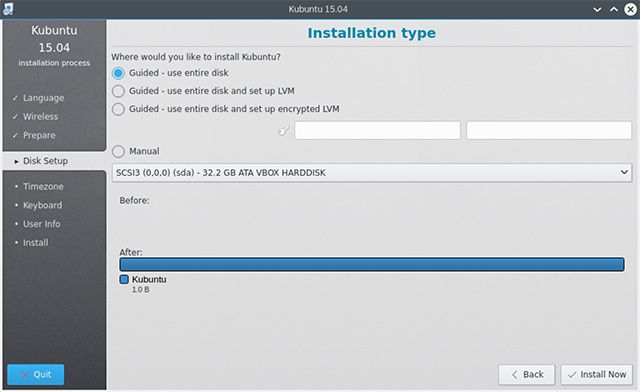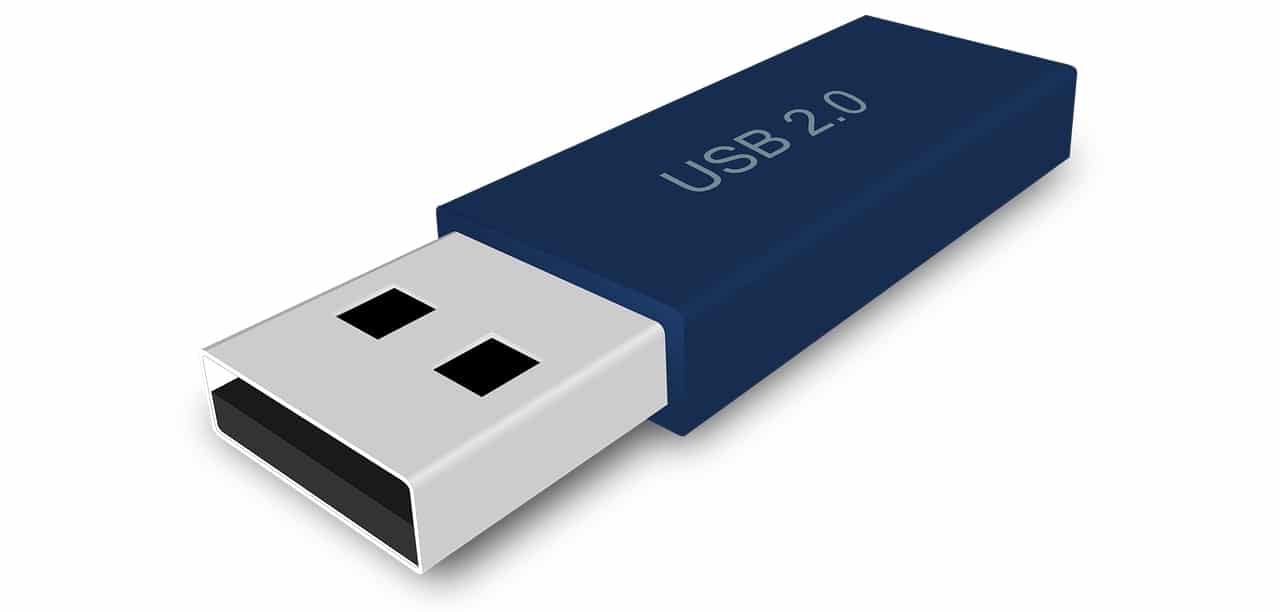

- How to make a portable ubuntu usb how to#
- How to make a portable ubuntu usb install#
- How to make a portable ubuntu usb update#
- How to make a portable ubuntu usb 32 bit#
- How to make a portable ubuntu usb software#
You can use any software like Unetbootin, Gnome Disk Utility, Yumi Multi Boot, xboot, Live USB Creator, etc. Use your Linux ISO image file to create a bootable USB installation media. Step 1: Create Bootable Linux Installation Media
How to make a portable ubuntu usb 32 bit#
TIP: Use 32 bit Linux OS to make it compatible with any available PC.
How to make a portable ubuntu usb install#
To prevent any possibility of this occurrence, you may wish to disconnect your hard drive before continuing with the USB install portion of the tutorial.” Important: While this procedure will not cause loss of data, some users have experienced changes to their internal drive’s bootup behavior depending on Linux distributions selected.
How to make a portable ubuntu usb how to#
Read Also: How to Install CentOS 7 in a USB Drive Yes! You can use your own, customized Linux OS on any machine with just a USB drive. We also discussed how to restore our bootable USB disk to its original state using graphical tool GParted.Ever thought of using any computer which is not yours, with all your personal stuff and configuration? It is possible with any Linux distribution. In conclusion, we have discussed how to create a Bootable USB in Ubuntu.

Then, to format USB disk –> Click Partition in Menu bar – Format to – choose file system type. Select the USB disk and in Menu bar, click Partition and Unmount. If mounted, then we need to unmount our USB disk. And, select your device from the drop down menu at top right corner. Now, open GParted from Systems’ main menu.
How to make a portable ubuntu usb update#
To install GParted – open a terminal and issue the following – sudo apt update GParted – GNOME Partition Editor is a graphical-tool with which we can manage our disk partitions. Restore bootable USB disk to its original state using GParted Once its done, we will get a bootable USB disk. Hence, head to the directory where our bootable ISO is stored – cd /path/to/ISO/Image/įor instance, sudo cp bionic-server-amd64.iso /dev/sdb

Now, we will copy our bootable ISO image to USB disk. Word of caution – Proceed below only if you have clearly identified your USB disk. Scroll down to get information about your USB disk (block device) – /dev/sdb, it would be different for you – /dev/sdX. I/O size (minimum/optimal): 512 bytes / 512 bytesĭevice Boot Start End Sectors Size Id Type Sector size (logical/physical): 512 bytes / 512 bytes This would get us the output similar to – Disk /dev/sdb: 7.22 GiB, 7751073792 bytes, 15138816 sectors Identify USB disk through fdisk – Open a terminal and issue the following –.It would vary for different drives connected and wouldn’t be same all the time. └─sdb1 8:17 1 7.2G 0 part /media/tp/USB Diskįrom above, we can clearly identify our USB disk (block device) as /dev/sdb, it would be different for you – /dev/sdX. This would get us the output similar to – NAME MAJ:MIN RM SIZE RO TYPE MOUNTPOINT Identify USB disk through lsblk – Open a terminal and issue the following –.For the purpose of this article, we downloaded Ubuntu Server 18.04.3 LTS ISO image ( bionic-server-amd64.iso) from Ubuntu Server download page.

We can download any supported Linux distribution ISO image. Hence, we advise you to take a backup of your USB disk beforehand. Once you make a USB disk bootable, all stored data will be lost. In case you don’t have one, then contact your System Administrator for assistance. Note: Following operations would require you to have superuser privileges. Later, we will also discuss how to format (revert it back to usual state) USB disk using GParted once we have made it bootable. That’s pretty much everything we need to make our USB bootable. Thereafter, copy bootable ISO image to the USB disk using cp command-line utility. Then, identify USB disk through lsblk or fdisk command-line utility. In this article, we would focus on how to create a Bootable USB in Ubuntu using cp command-line utility.įirst, we will download a bootable ISO image (any supported Linux distribution).


 0 kommentar(er)
0 kommentar(er)
